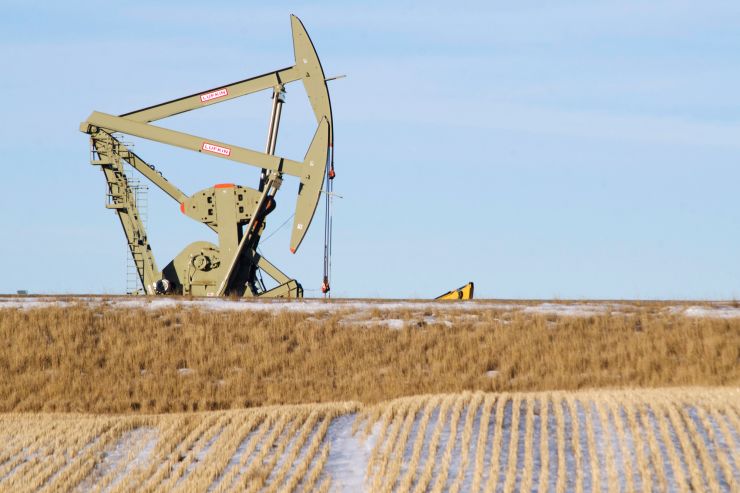
Oil prices fell for a second day on Thursday, extending declines of as much as 4% in the previous session, on continued increases in U.S. crude stockpiles and concerns about lower demand growth.
Brent crude futures were down 6 cents, or 0.1%, at $59.91 a barrel by 0336 GMT after earlier rising slightly. Prices fell 3.7% on Wednesday to settle at $59.97, the international benchmark’s lowest close since Jan. 28.
U.S. West Texas Intermediate crude futures were down 8 cents, or 0.2%, at $51.06 a barrel. They fell 4% in the previous session to $51.14, the lowest close since Jan. 14.
“It was a brutal move, sheer panic,” said Stephen Innes, managing partner at Vanguard Markets.
The U.S. Energy Information Administration (EIA) on Wednesday reported crude stockpiles rose unexpectedly for a second week in a row, climbing 2.2 million barrels last week after analysts had forecast a decrease of 481,000 barrels.
At 485.5 million barrels, U.S. commercial stocks were at their highest since July 2017 and about 8% above the five-year average for this time of year, it said.
On Tuesday, the EIA cut its forecasts for 2019 world oil demand growth.
The negative outlook is prompting hedge fund managers to exit oil positions at the fastest rate since the fourth quarter of 2018 due to increasing fears about the health of the global economy.
The escalating trade war between the United States and China, the world’s two biggest oil consumers, is causing the most concern among oil analysts, with consultants and banks cutting their demand growth forecasts
Goldman Sachs said on Wednesday an uncertain macroeconomic outlook and volatile oil production from Iran and others could cause the Organization of the Petroleum Exporting Countries (OPEC) to roll over supply cuts it has enacted with other producers.
OPEC and non-member producers including Russia have limited their oil output by 1.2 million barrels per day this year to prop up prices.
OPEC is set to meet at the end of June though a meeting of the wider producers that agreed to the cuts, known as OPEC+, may not occur until early July.
While officials from some OPEC members have said that the larger OPEC+ group will likely roll over the cuts, Algeria has proposed increasing the reductions, according to four sources familiar with the matter.
However, Goldman believes the producers will maintain the current supply levels.
“Fundamental uncertainty on the current and forward states of the global oil market is high,” Goldman said.
“We believe that this will lead the group to roll forward its current agreement, with likely no change to country level quotas given the difficulty in determining required production levels in coming months,” the bank’s analysts said.























